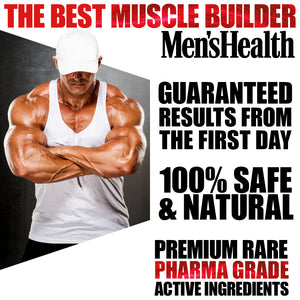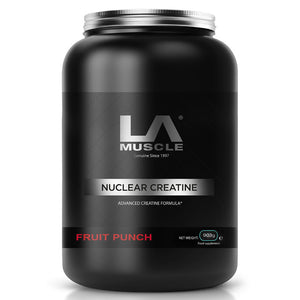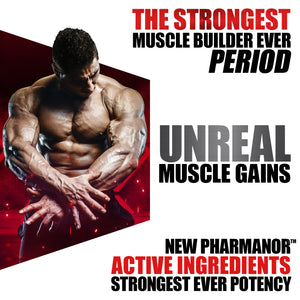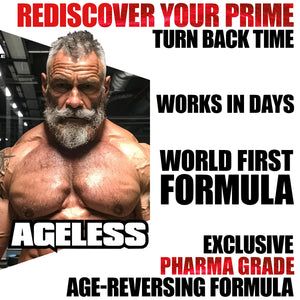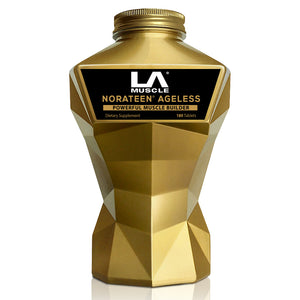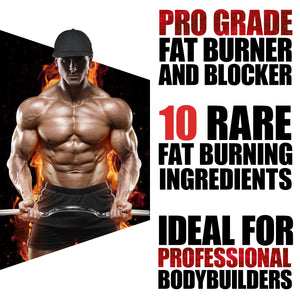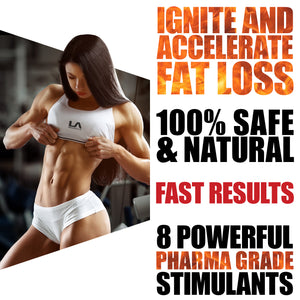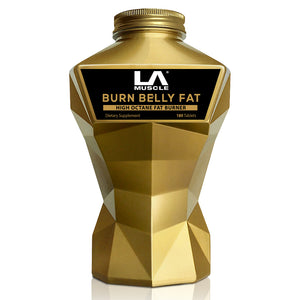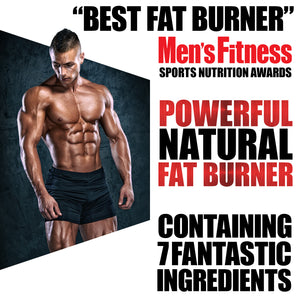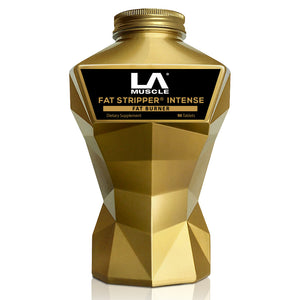
Developing massive and balanced legs is a cornerstone of bodybuilding, as they provide a solid foundation and enhance overall symmetry. Achieving this goal requires a comprehensive approach, targeting the quadriceps, hamstrings, and calves with specific exercises, while also considering factors such as training frequency, sets, reps, and intensity. In this article, we'll delve into each aspect to guide you through the process of building powerful legs.
Understanding Leg Anatomy
Before we dive into the training specifics, it's essential to understand the leg muscles we'll be targeting:
- Quadriceps (Quads): Located at the front of the thigh, the quadriceps are made up of four muscles—the rectus femoris, vastus lateralis, vastus medialis, and vastus intermedius. They are primarily responsible for knee extension.
- Hamstrings: Located at the back of the thigh, the hamstrings consist of three muscles—the biceps femoris, semitendinosus, and semimembranosus. They play a crucial role in knee flexion and hip extension.
- Calves: The calves include two muscles—the gastrocnemius and the soleus. These muscles are involved in plantar flexion of the foot (pointing the toes).
Training the Quadriceps
Exercises:
- Squats: The cornerstone of leg development, squats primarily target the quads but also engage the hamstrings and glutes. Variations like front squats can place more emphasis on the quads.
- Leg Press: Allows for heavy loading of the quads with less stress on the lower back.
- Leg Extensions: Isolate the quads and are excellent for finishing movements to achieve muscle pump.
Training Frequency and Volume:
- Train quads 1-2 times per week, ensuring sufficient recovery between sessions.
- Perform 3-5 sets per exercise, with 6-12 reps per set for muscle growth.
Training the Hamstrings
Exercises:
- Romanian Deadlifts (RDLs): Target the hamstrings and glutes, emphasizing hip hinge movements.
- Lying Leg Curls: Isolate the hamstrings, providing direct tension.
- Stiff-Legged Deadlifts: Similar to RDLs but with less knee bend, placing more emphasis on the hamstrings.
Training Frequency and Volume:
- Similar to quads, train hamstrings 1-2 times per week.
- Aim for 3-5 sets per exercise, with reps ranging from 6-12 for hypertrophy.
Training the Calves
Exercises:
- Standing Calf Raises: Target the gastrocnemius muscle.
- Seated Calf Raises: Focus on the soleus muscle.
- Calf Press on the Leg Press Machine: Provides a variation to hit the calves from a different angle.
Training Frequency and Volume:
- Calves can be trained more frequently due to their resilience and daily use in walking. Consider training them 2-3 times per week.
- Perform 4-6 sets per exercise, with higher reps ranging from 10-20, as the calves respond well to higher volume.
General Training Principles
Progressive Overload:
To achieve muscle growth, continually increase the weights or resistance used in your exercises over time. This can also mean increasing the number of reps or sets.
Recovery:
Adequate rest and recovery are vital. Ensure you have at least 48 hours of rest between training the same muscle group to allow for muscle repair and growth.
Nutrition and Hydration:
Support your training with a balanced diet rich in protein, complex carbohydrates, healthy fats, and sufficient hydration to fuel recovery and growth.
Regular and consistent training is key to achieving significant results. Stick to your training regimen and make adjustments as needed based on your progress and feedback from your body.
By understanding the anatomy of the leg muscles, choosing the right exercises, and adhering to principles of training frequency, volume, and intensity, you can build massive and balanced legs in bodybuilding. Remember, the journey to significant leg development is a marathon, not a sprint, requiring dedication, patience, and consistency.


